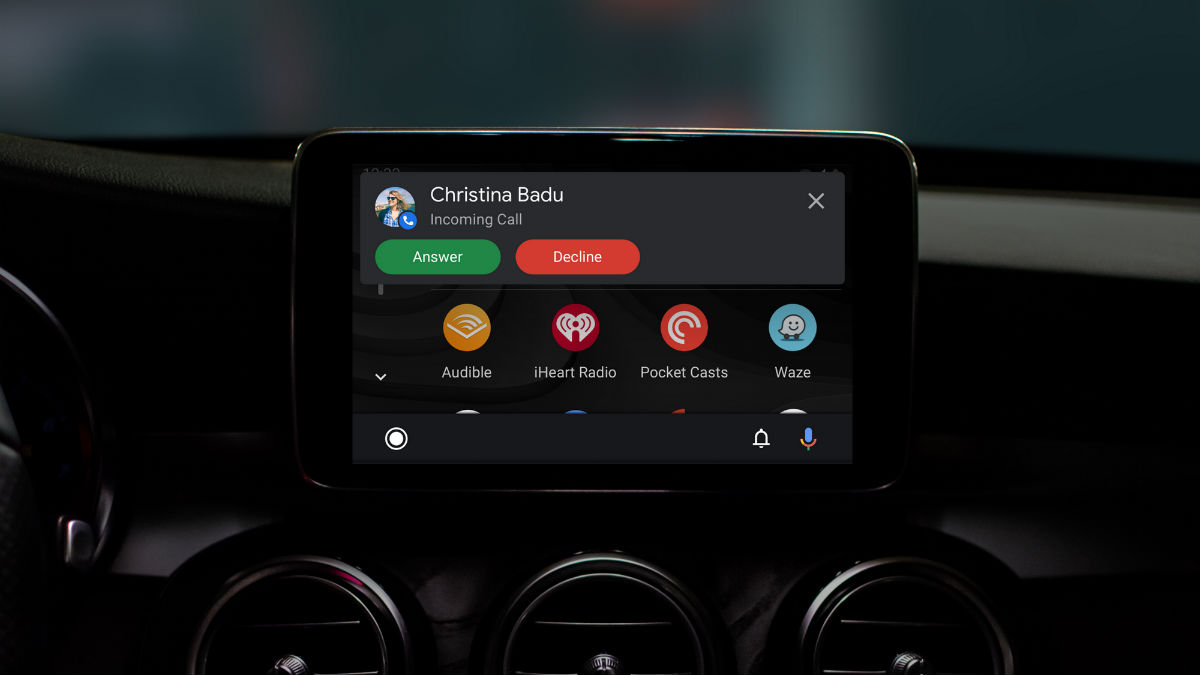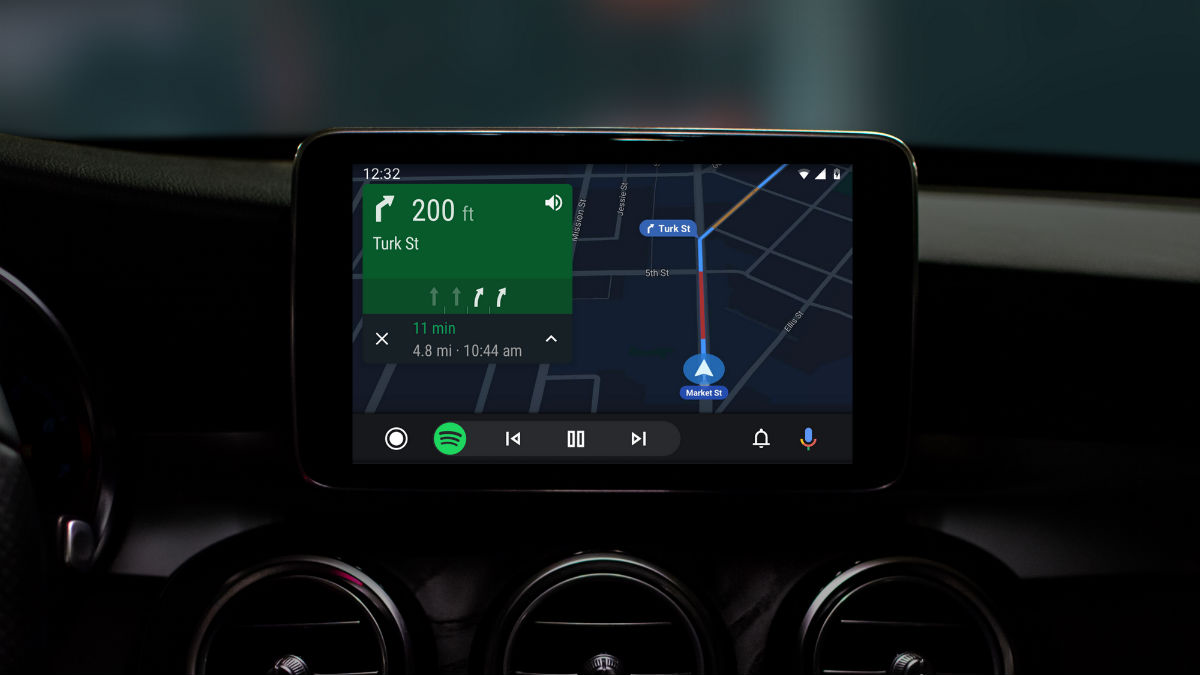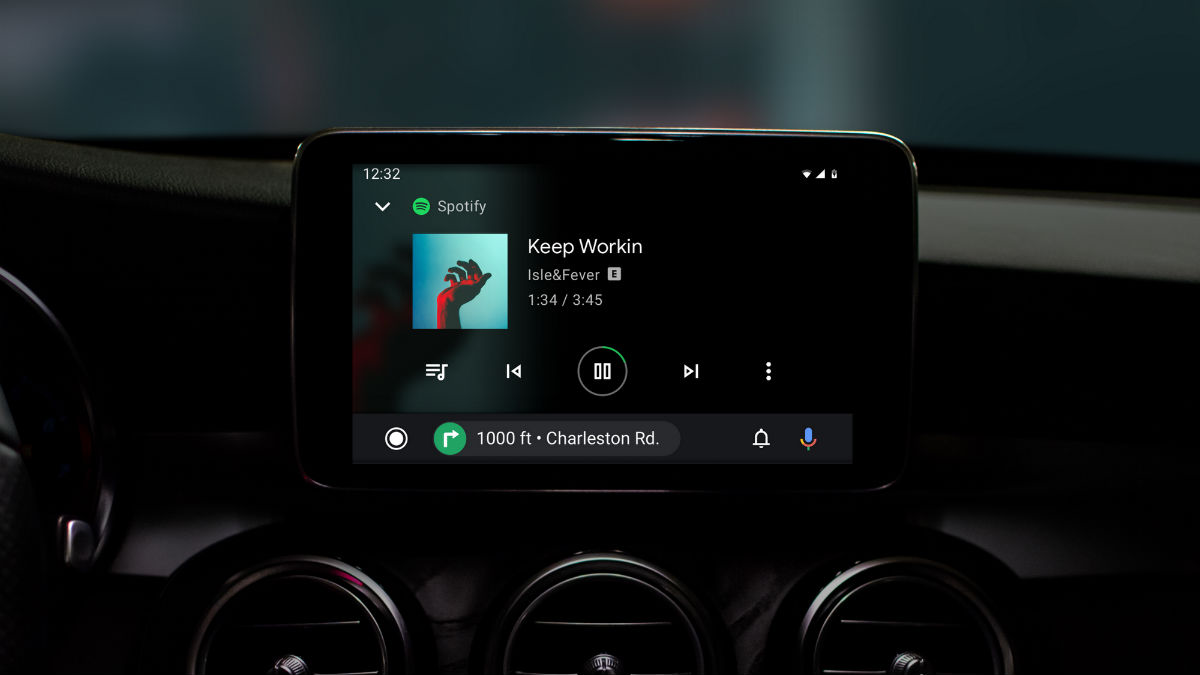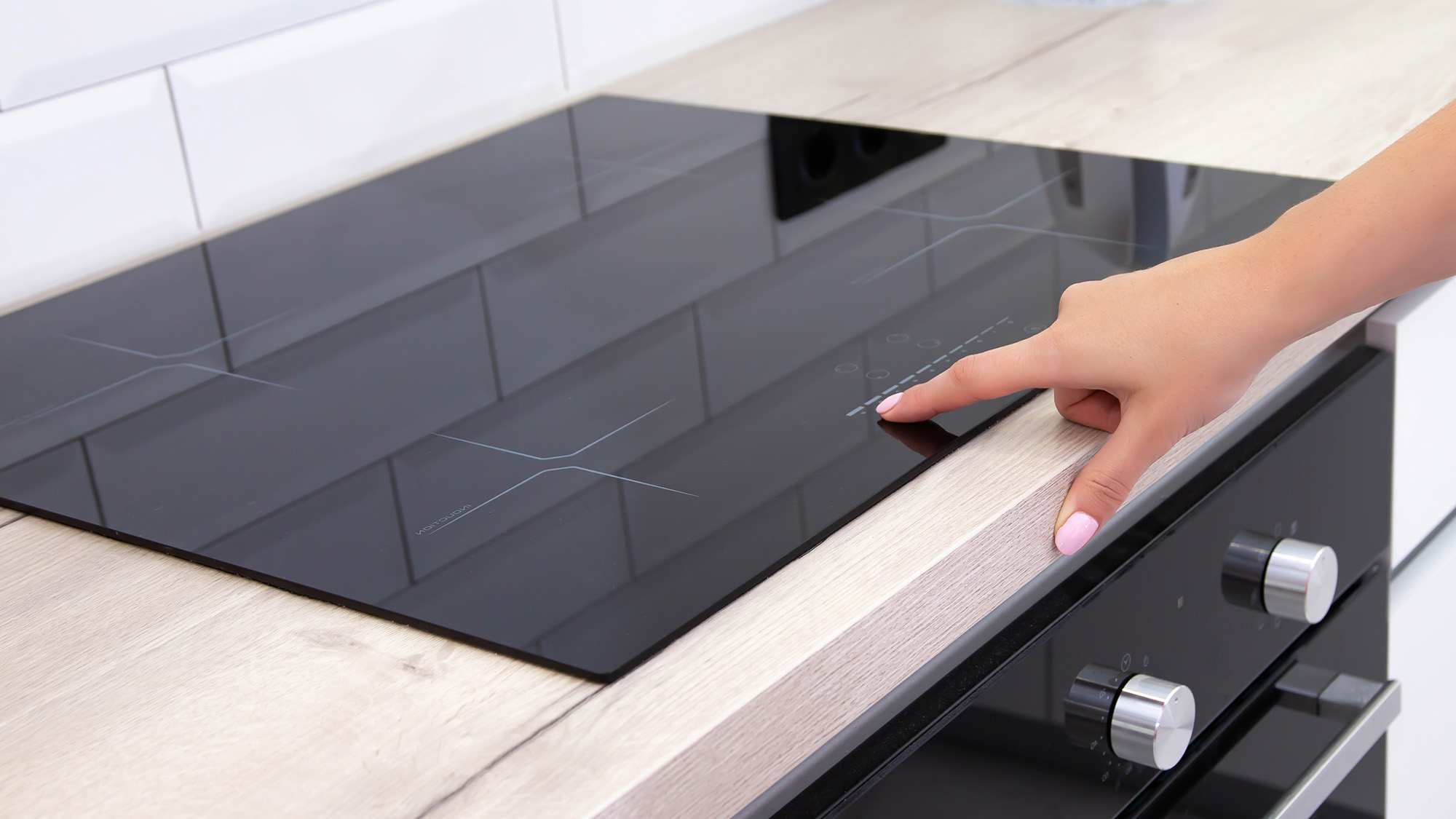Google's Redesigned Android Auto Is Coming to Your Car This Summer
Starting this summer, Google will add a new interface with a more intuitive user interface to its Android Auto experience.
While Android has had a presence in cars for years via Google’s Android Auto infotainment platform, the experience of using Android in the car hasn’t always been as streamlined as you’d hope. Fortunately, Google is changing that, as it’s just announced a comprehensive overhaul for Android Auto ahead of its Google I/O developer conference today (May 7).

The new Android Auto UI is designed around getting you to the apps you want to use more quickly. Where cards with relevant information used to take center stage, Google has now moved toward serving up a list of app icons, more similarly to how Apple’s CarPlay operates.
The old philosophy behind providing Google Now-style snippets of information on the home screen, like weather and navigation, made a lot of sense on paper — though it was hardly the most intuitive experience in practice. Getting to the right music or navigation app would require a series of taps through dropdown menus, which drivers really don’t have all the time nor attention to do on the road.
In conjunction with the new home screen, Google’s reconsidered the navigation bar at the bottom of the display. While you’ll still find a shortcut to trigger Google Assistant down there, there’s now a dedicated notifications page to show all your latest alerts at a glance, as well as a dynamic row that presents actions and information based on apps running in the background.

For example, if the display is currently dedicated to Waze navigation, but you’re simultaneously streaming music from Spotify, that bottom space will display playback controls. Likewise, if the main screen is on Google Podcasts, the bar below will present your next turn or direction, with an icon for a quick hop over to Google Maps should you need a deeper look.
Google says it’s also darkened the interface overall, to match the interiors of most cars and also easier on the eyes. That’s a welcome change, as I can personally say there’s nothing more annoying than an obnoxiously bright screen blinding you on a long night drive. The new Android Auto interface also makes more provisions for cars with wider or longer displays, by using that extra real estate to serve up other relevant details, like a window to your next turn or an ongoing call.

The new Android Auto experience will launch this summer, and the great thing about it is that it won’t require any modifications to your car’s hardware. Because Android Auto runs entirely from your connected phone, the new UI will come in the form of an app update.
Sign up to get the BEST of Tom's Guide direct to your inbox.
Get instant access to breaking news, the hottest reviews, great deals and helpful tips.
Updates to Google Assistant in the car and Android Automotive
Additionally, Google is also making its Assistant easier to use even if you don't have it connected to your car's display. With Assistant's new Driving Mode, which is also coming this summer, you only need to say "Hey Google, let's drive," and your handset will immediately serve up a list of relevant notifications and actions, from friends and family to call, to a link to the last podcast you were listening to, so you can hop right back into it once you're in the car. As you drive, calls and other alerts will roll in in a low profile way and be relayed through speech, so that you can easily accept or dismiss them with your voice. Any phone that already runs the Google Assistant will also be able to use Driving Mode.
Finally, Google is working more closely with manufacturers, like Volvo’s Polestar, Mitsubishi, Renault and Nissan, to launch its full infotainment platform in more cars in the near future, according to Engadget. Called Android Automotive, this system is not to be confused with Android Auto. Rather than a second interface for your phone, Android Automotive is a complete, standalone software that underpins a car’s infotainment stack, and incorporates controls for vehicle-related functions like the HVAC system, windows, locks and so on. The aforementioned automakers have been working closely with Google to modify the system to mesh with their own brand design motifs as well, so in some instances, you might not even recognize Android Automotive from the outset.
We look forward to testing out the new Android Auto when it launches later this year, and you can follow the rest of the headlines out of Google I/O 2019 — including news about the company’s new midrange Pixel 3a smartphone — right here at Tom’s Guide.
Adam Ismail is a staff writer at Jalopnik and previously worked on Tom's Guide covering smartphones, car tech and gaming. His love for all things mobile began with the original Motorola Droid; since then he’s owned a variety of Android and iOS-powered handsets, refusing to stay loyal to one platform. His work has also appeared on Digital Trends and GTPlanet. When he’s not fiddling with the latest devices, he’s at an indie pop show, recording a podcast or playing Sega Dreamcast.
